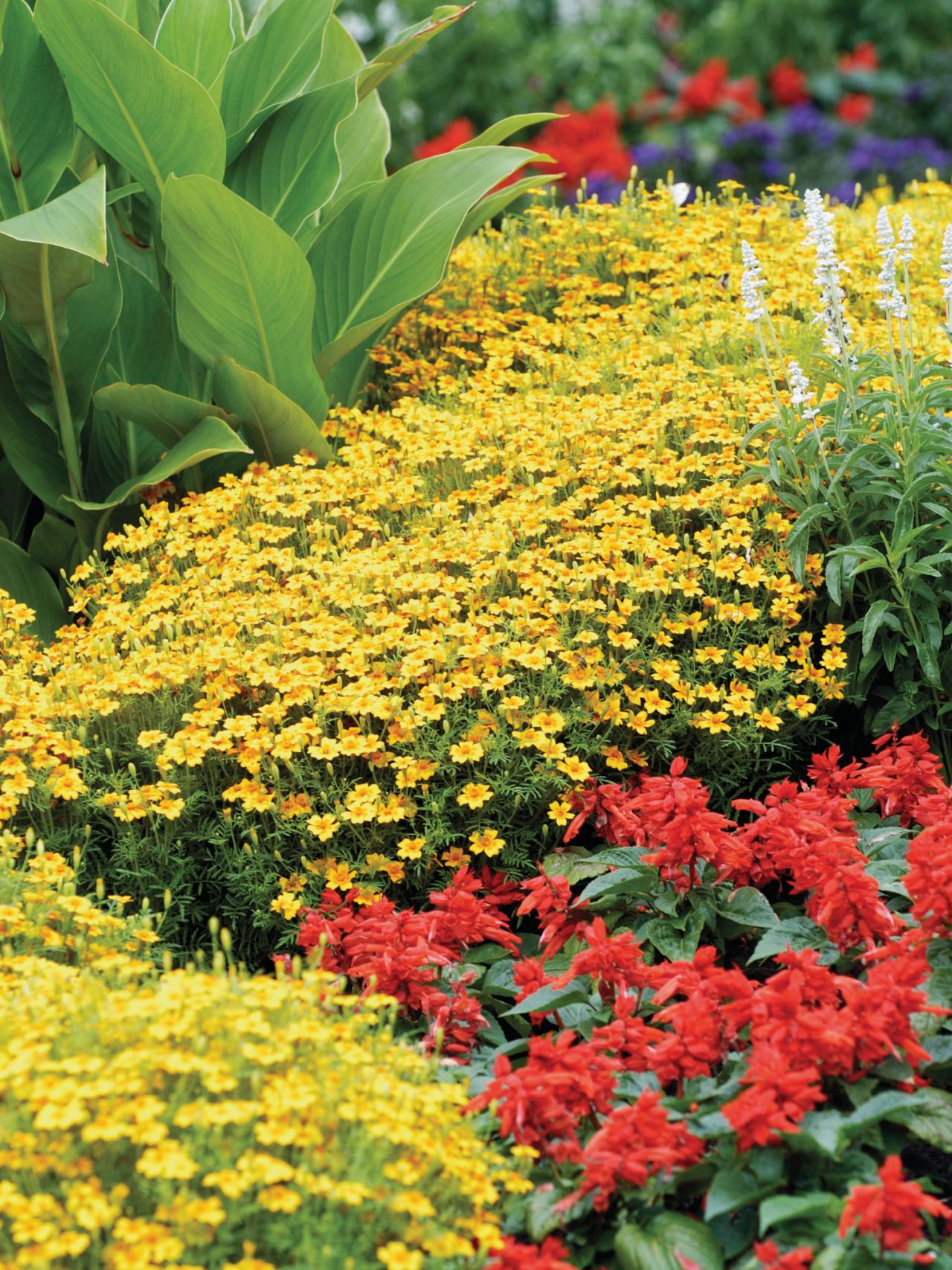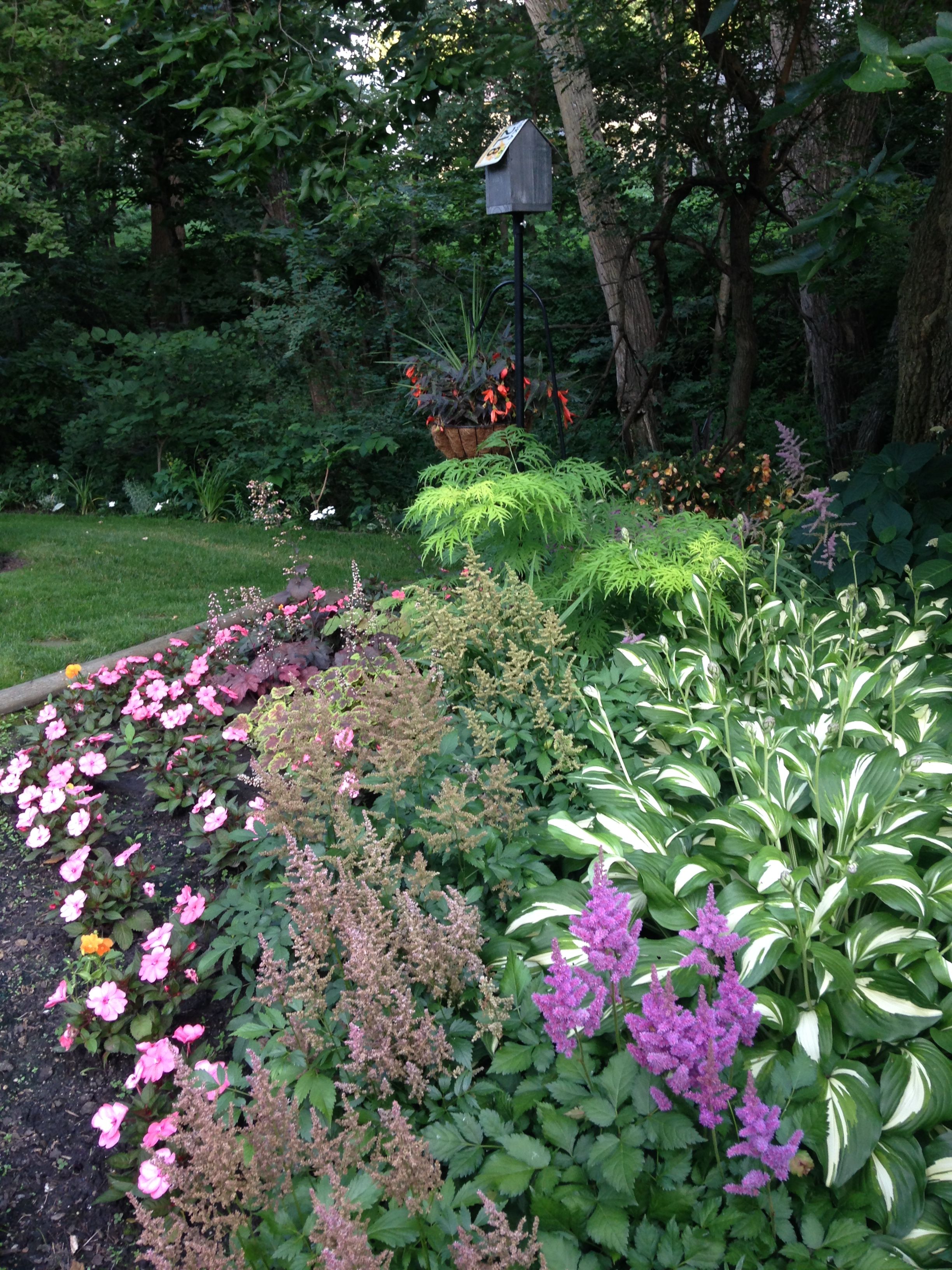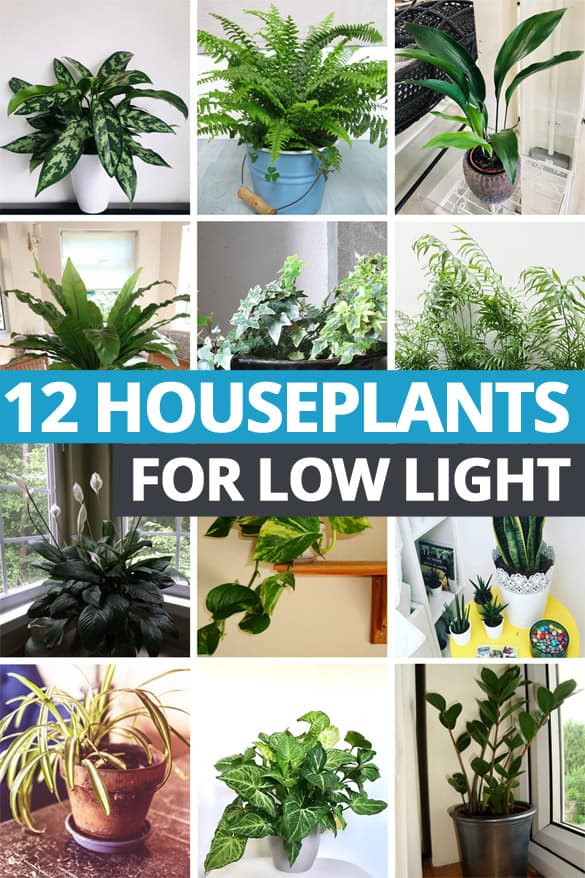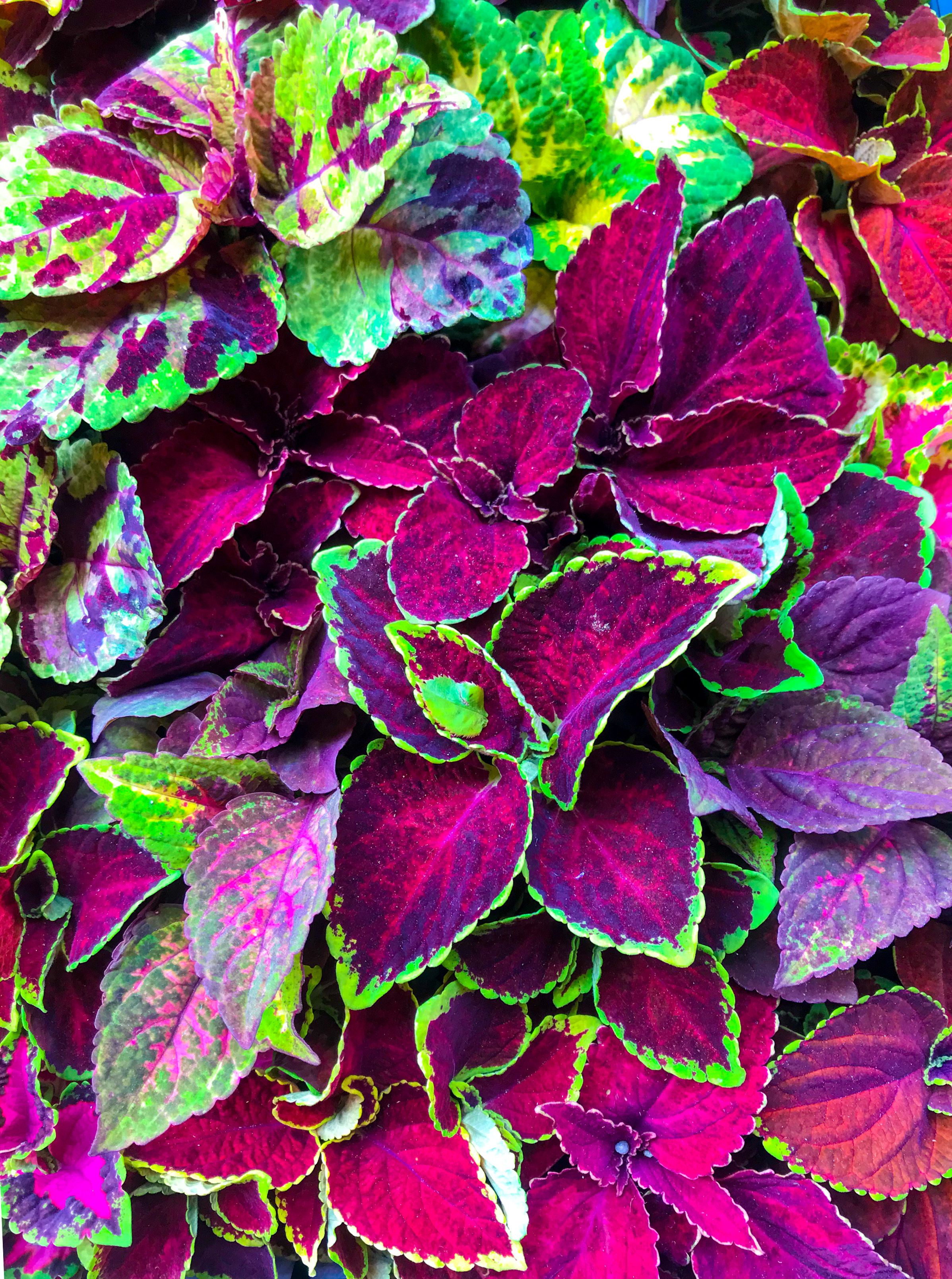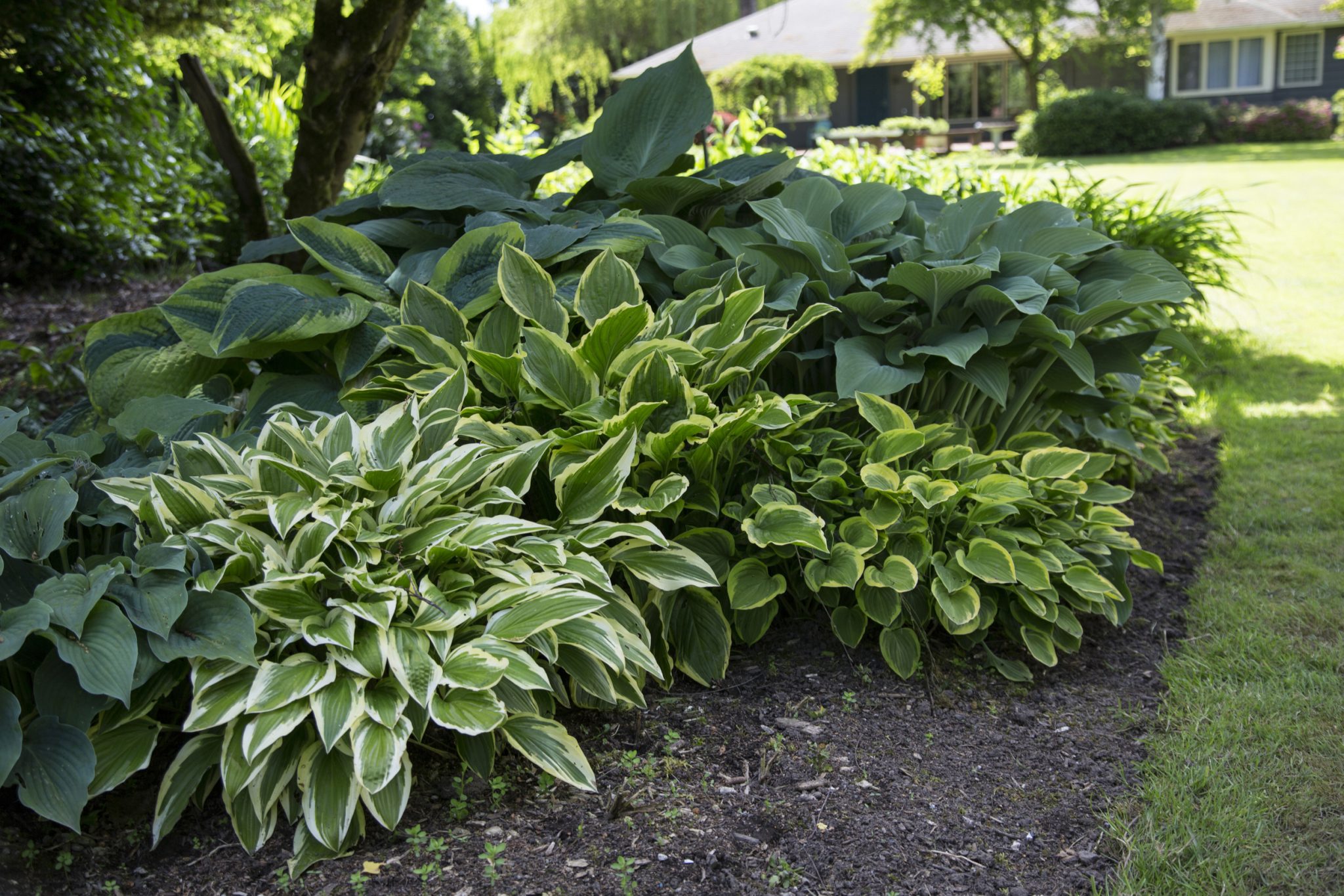Bringing Life to Shaded Spaces: A Guide to Thriving Plants
Unlocking the Secrets of Shade-Tolerant Gardening
Shaded areas in gardens and landscapes can be a challenge to work with, but with the right plants and flowers that grow in shade, they can be transformed into stunning and thriving spaces. Shade-tolerant plants have adapted to survive in low-light conditions, making them perfect for areas that receive limited sunlight. These plants not only add beauty and color to shaded spaces but also provide numerous benefits, including improved air quality, reduced noise pollution, and increased property value. However, gardening in shade requires a different approach than traditional gardening. It’s essential to understand the unique challenges of shade gardening, such as limited light, increased moisture, and root competition. By choosing the right plants and flowers that grow in shade, gardeners can overcome these challenges and create a beautiful and thriving shaded garden.
How to Choose the Perfect Shade-Loving Plants for Your Garden
Selecting the right plants and flowers that grow in shade is crucial for creating a thriving shaded garden. With so many options available, it can be overwhelming to choose the perfect plants for your garden. However, by considering a few key factors, you can make an informed decision and create a stunning shaded space. Soil type is a critical consideration, as some plants thrive in acidic soil while others prefer alkaline conditions. Moisture levels are also essential, as some plants require consistent moisture while others prefer well-draining soil. Light intensity is another vital factor, as some plants can tolerate deep shade while others require partial shade. By understanding these factors and choosing plants that meet your garden’s specific conditions, you can create a beautiful and thriving shaded garden.
Top 10 Plants That Flourish in Low-Light Conditions
When it comes to creating a stunning shaded garden, selecting the right plants and flowers that grow in shade is essential. Fortunately, there are many beautiful and thriving options to choose from. Here are the top 10 plants that flourish in low-light conditions, including flowering plants like impatiens and coleus, and foliage plants like ferns and hostas. Impatiens are a popular choice for shaded gardens, producing vibrant flowers in shades of pink, white, and purple. Coleus is another great option, offering stunning foliage in a range of colors and patterns. Ferns are a great choice for adding texture and interest to shaded areas, with their delicate fronds and ability to thrive in low-light conditions. Hostas are another popular option, providing beautiful foliage and fragrant flowers in shades of white and purple. Other great options include astilbe, begonias, and heuchera, all of which thrive in shaded conditions and add beauty and color to the garden. By incorporating these plants into your shaded garden, you can create a stunning and thriving space that brings joy and serenity to your outdoor area.
The Magic of Ferns: Adding Texture and Interest to Shaded Areas
Ferns are a popular choice for shaded gardens, and for good reason. These plants and flowers that grow in shade offer a unique combination of texture, interest, and beauty to shaded areas. With their delicate fronds and ability to thrive in low-light conditions, ferns are an excellent option for adding depth and dimension to shaded gardens. One of the key benefits of ferns is their ability to grow in a range of light conditions, from deep shade to partial shade. This makes them an excellent choice for gardens with varying levels of sunlight. Ferns also require minimal maintenance, making them a great option for busy gardeners. In terms of design, ferns can be used to create a lush, tropical feel in shaded gardens. They can be planted alone or in combination with other shade-tolerant plants, such as hostas and astilbe. By incorporating ferns into your shaded garden, you can create a stunning and thriving space that brings joy and serenity to your outdoor area.
Creating a Stunning Shade Garden with Hydrangeas and More
Hydrangeas are a beautiful option for shaded gardens, offering large, showy flowers in shades of pink, blue, and white. These plants and flowers that grow in shade are a great choice for adding color and vibrancy to shaded areas. One of the key benefits of hydrangeas is their ability to thrive in a range of light conditions, from partial shade to full shade. This makes them an excellent option for gardens with varying levels of sunlight. When designing a shade garden with hydrangeas, consider combining them with other shade-tolerant plants, such as ferns and hostas. This will create a lush, layered look that adds depth and interest to the garden. For a pop of color, add some annuals or perennials, such as begonias or coleus, to the mix. By incorporating hydrangeas and other shade-tolerant plants into your garden design, you can create a stunning and thriving space that brings joy and serenity to your outdoor area.
Shade Gardening Tips and Tricks: Overcoming Common Challenges
While plants and flowers that grow in shade can thrive in shaded areas, there are some common challenges that gardeners may face. One of the biggest challenges is dealing with root competition, where multiple plants compete for water and nutrients. To overcome this, consider using plants with different root depths or incorporating companion planting techniques. Another challenge is managing moisture levels, as shaded areas can be prone to overwatering. Make sure to check the soil regularly and adjust watering schedules accordingly. Pests can also be a problem in shaded gardens, with slugs and snails being common culprits. Use organic pest control methods, such as copper tape or crushed eggshells, to deter these pests. By being aware of these common challenges and taking steps to overcome them, gardeners can create a thriving and beautiful shade garden that brings joy and serenity to their outdoor space.
Bringing Color to Shaded Areas with Annuals and Perennials
While plants and flowers that grow in shade can thrive in shaded areas, adding a pop of color can take the garden to the next level. Annuals and perennials are a great way to add vibrancy to shaded gardens, and there are many options to choose from. Begonias, with their bright flowers and attractive foliage, are a popular choice for shaded areas. Coleus, with their colorful leaves and versatility, are another great option. Astilbe, with their feathery plumes and ability to thrive in moist conditions, are perfect for shaded gardens with high humidity. When selecting annuals and perennials for shaded gardens, consider factors such as light intensity, soil type, and moisture levels to ensure the plants thrive. By incorporating these plants into the garden design, gardeners can create a stunning and colorful shade garden that brings joy and serenity to their outdoor space.
Designing a Shade Garden That’s Both Beautiful and Functional
When designing a shade garden, it’s essential to consider both aesthetics and functionality. A well-designed shade garden can be a tranquil oasis, providing a peaceful retreat from the hustle and bustle of daily life. To create a beautiful and functional shade garden, start by assessing the available light and soil conditions. Choose plants and flowers that grow in shade that thrive in these conditions, such as ferns, hostas, and impatiens. Consider the layout of the garden, incorporating curved paths and seating areas to create a sense of flow and invitation. Hardscaping elements, such as stone walls and water features, can add texture and interest to the garden. Maintenance is also crucial, with regular watering, pruning, and fertilization necessary to keep the garden looking its best. By incorporating these design elements, gardeners can create a stunning and functional shade garden that brings joy and serenity to their outdoor space. Additionally, incorporating plants and flowers that grow in shade, such as coleus and astilbe, can add a pop of color and vibrancy to the garden, making it a true showstopper.


